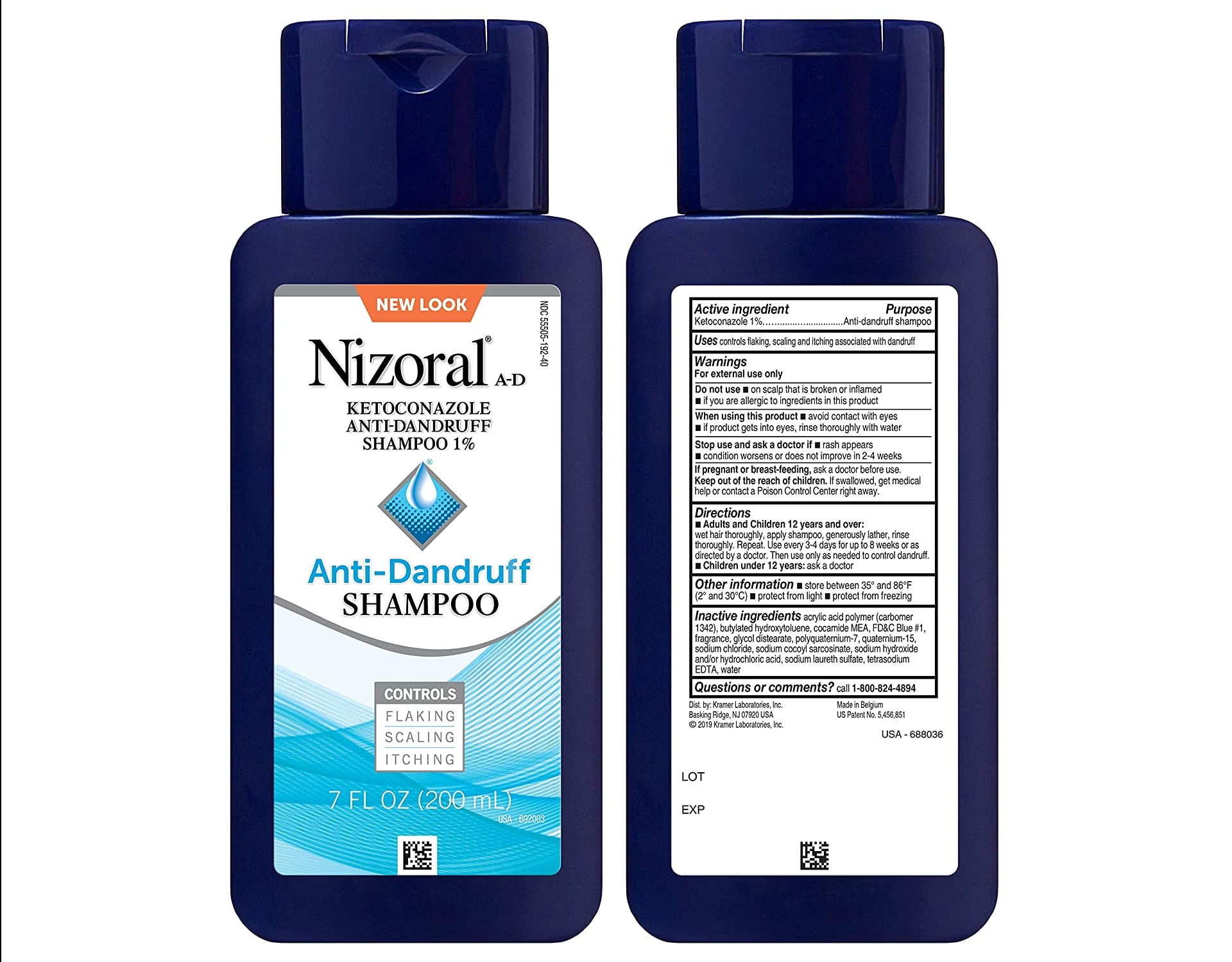Ketoconazole shampoo is a topical medicated wash formulated to treat fungal infections of the scalp. It’s commonly used for conditions like persistent dandruff and scalp psoriasis.
Shampoos with ketoconazole are sold both over the counter (OTC) and via prescription from a healthcare provider.

Ketoconazole shampoo uses
Ketoconazole shampoo can be helpful for several conditions, including the ones listed below.
Seborrheic dermatitis
Ketoconazole shampoo is frequently marketed as an effective dandruff remedy, with OTC options such as Nizoral available in stores and online. While some dandruff is due to dry scalp, other cases stem from seborrheic dermatitis.
Seborrheic dermatitis is often linked to an overgrowth of Malassezia, a yeast that normally resides on the skin. Ketoconazole helps control dandruff by reducing the fungal load and lessening inflammation.
Psoriasis
Ketoconazole can be used as part of treatment for psoriasis, another inflammatory skin disorder that leads to flaking, plaque formation, and redness or discoloration. These plaques are frequently colonized by yeast-like organisms. Prescription-strength ketoconazole may be required to manage psoriasis flares.
Tinea infections
Ketoconazole shampoo is also effective against tinea capitis and tinea versicolor. Tinea capitis is a superficial, ringworm-type fungal infection of the scalp. Tinea versicolor results from overgrowth of a yeast that naturally lives on the skin and causes patchy discoloration.
Hair loss
Although ketoconazole is primarily used for its antifungal action to treat scalp infections and conditions such as seborrheic dermatitis, some evidence suggests it might promote hair growth or slow hair loss. More research is needed to confirm this potential benefit.
Types of ketoconazole shampoo
There are several formulations of ketoconazole shampoo available both OTC and by prescription.
OTC ketoconazole shampoos typically contain 1% or less ketoconazole. The best-known OTC product is Nizoral, which can be found in many supermarkets and online retailers.
Prescription shampoos can contain 2% or higher ketoconazole and require a doctor’s order. Prescription brands include:
- Ketozal
- Ketozolin
- Ket Med
Risks and side effects of ketoconazole shampoo
Before using ketoconazole, it’s important to be aware of possible side effects.
The most frequent adverse effect is skin irritation, which may appear as small pimple-like bumps where the product was applied. Ketoconazole shampoo can also cause the hair or scalp to become oily or dry, alter hair texture, or cause discoloration.
If your hair has been permed, ketoconazole might reduce or eliminate the curl.
In rare instances, ketoconazole shampoo has been associated with hair shedding. Contact your doctor promptly if you observe this effect.
Symptoms of allergic reaction
Allergic responses to ketoconazole shampoo are very uncommon but can be serious. Seek immediate medical help if you experience signs of an allergic reaction, such as:
- severe itching
- swelling of the face, tongue, or throat
- trouble breathing
- rash
- dizziness
Severe hypersensitivity events, including anaphylaxis, have also been reported with ketoconazole use.
Other considerations
The effects of ketoconazole in pregnant people are not well characterized. If you are pregnant and considering an antifungal shampoo, discuss the risks and benefits with your healthcare provider before using even OTC products.
Ketoconazole’s safety in children has also not been thoroughly studied. Avoid using ketoconazole shampoo on children under 12 years old unless directed by a pediatrician.
How to use ketoconazole shampoo
Follow your doctor’s instructions or the directions on the product label when using ketoconazole shampoo.
For scalp application, wet your hair, apply the shampoo, lather thoroughly, and allow it to remain on your scalp for a short period before rinsing. After rinsing, you may condition the hair ends, then rinse and dry as you normally would.
To use on other parts of the body, apply the shampoo to the affected area, leave it on for about 5 minutes, then rinse completely with water and dry the skin.
How often and for how long you use the shampoo depends on factors such as:
- strength of the formulation (1% OTC versus 2% prescription)
- the condition being treated
- the severity of your symptoms
Depending on these factors, your clinician may recommend applying the shampoo anywhere from every other day to once weekly.
The takeaway
Use ketoconazole shampoo exactly as directed by your healthcare provider. Do not change the frequency or duration of use without consulting them.
Improvement is typically seen within 2 to 4 weeks of starting treatment, unless your doctor advises otherwise for your specific case. If there’s no benefit after about a month, speak with your provider about alternative therapies.
If ketoconazole shampoo does not adequately control your condition, other treatments may be needed, such as oral antifungal medications for more extensive infections.
Other medicated shampoos you might consider include:
- shampoos with salicylic acid
- coal tar shampoos
- adding tea tree oil to your chosen shampoo
- shampoos containing pyrithione zinc


















Leave a Reply
You must be logged in to post a comment.